By William E. Welsh
The ambush of Duke King Leopold I’s army by Swiss foot soldiers on the mountain road at Morgarten in 1315 ushered in a roughly 200-year period where the hard-hitting Swiss maintained a reputation as elite foot soldiers. The Swiss made a name for themselves as they fought with their neighbors to establish and expand their confederation.
The free peasants of the Forest Cantons from which sprang the Swiss Confederacy were wealthy enough by the mid-13th century to purchase their freedom from the feudal lords who held sway over them. Their wealth derived from the pivotal role they played in assisting French, German, and Italian merchants in moving freight through key Alpine passes such as St. Gotthard. The close contact the Swiss had with the communes of northern Italy had a lot to do with Swiss proficiency in battlefield tactics.
Hard lives in an unforgiving climate in which they had to be self-reliant made excellent foot soldiers of the Swiss. The Swiss soldiers initially relied on the halberd and crossbow during the growth of their Confederacy. To a lesser extent they used swords, war clubs, and flails.
The free peasants who filled the Swiss ranks followed no code of chivalry by which it was deemed necessary to ransom enemy princes and lords. They had a reputation for never giving quarter and reveled in the slaughter of their foe. On some occasions they even tore their hearts out.
Swiss commanders showed a remarkable grasp of how to use terrain to their advantage. Through skilled use of high ground, Swiss generals pulled off impressive victories against superior forces at Morgarten in 1302 and Nafels in 1388. In both cases the Swiss occupied the high ground, which allowed them to roll boulders down on their surprised foe before charging them on foot.
The Battle of Arbedo in 1422 between the Swiss and the Milanese was a watershed event for Swiss tactics. The Swiss, who were outnumbered five to one, formed into a defensive circle. After several charges, the Milanese cavalry dismounted and used their lances as spears, which allowed them to outreach the halberds used by the Swiss.
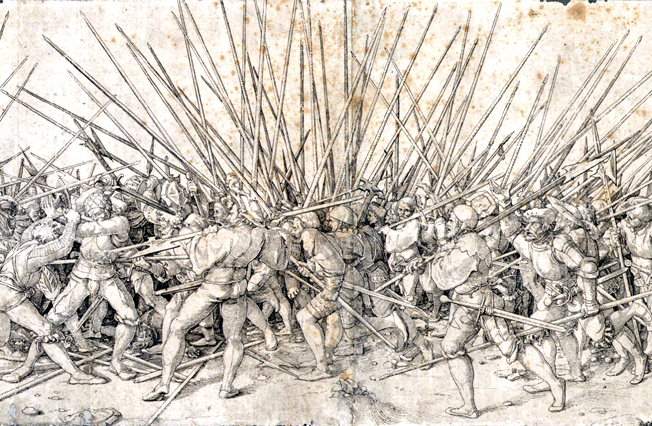
In the aftermath of the battle, the Swiss Confederacy decided to adopt the pike as its main weapon. The halberdiers, from that point forward, guarded the banners and dispatched any enemy troops who managed to break through the pike ranks.
The Swiss became masters of the pike in the late 14th century, using it for both offensive and defensive purposes. They fought in deep columns rather than broad phalanxes. The charge of a Swiss infantry column could rout enemy cavalry if the latter allowed itself to be surprised and trapped in a confined area in which it could not maneuver or escape. The Swiss achieved famous victories with their pike formations at Laupen, Grandson, and Novara.
The death knell for the Swiss pike armies was a string of losses in the Italian Wars of the early 16th century. The arquebus and the handgun spelled the end of the Swiss pike formations. But what a glorious time it had been for the Swiss.
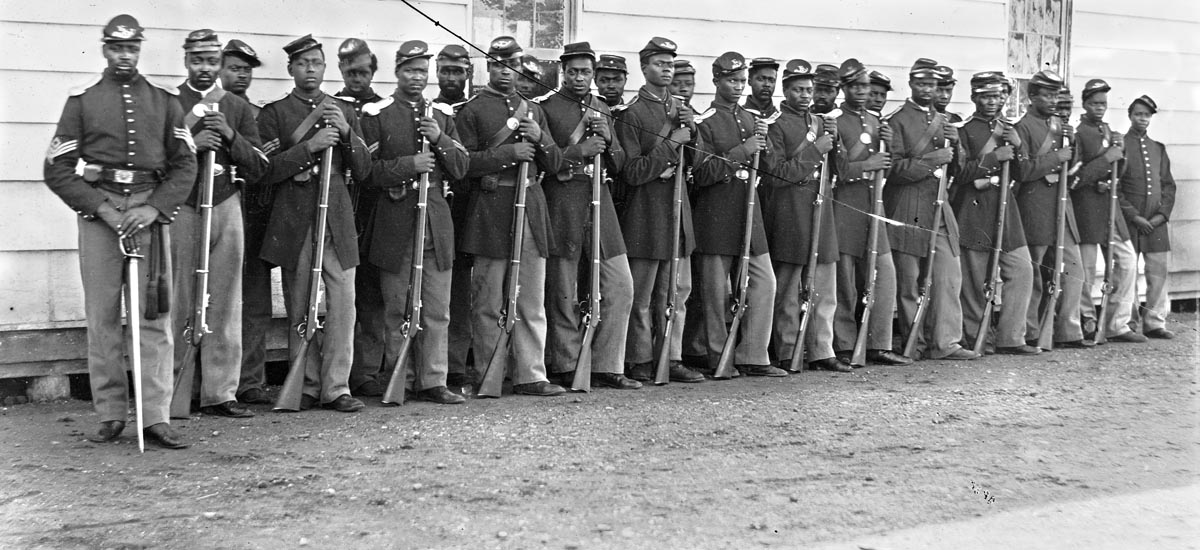

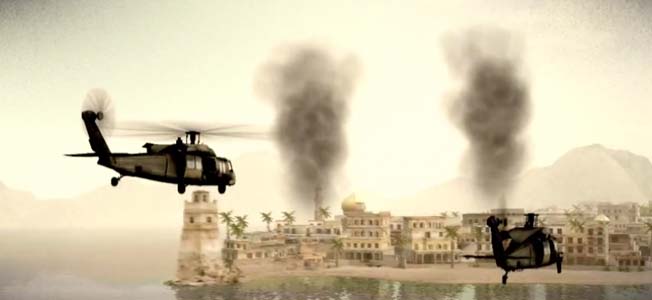
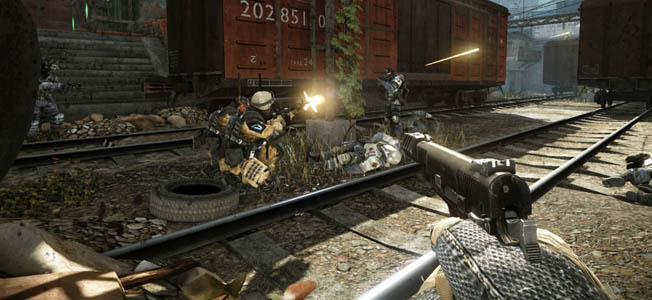
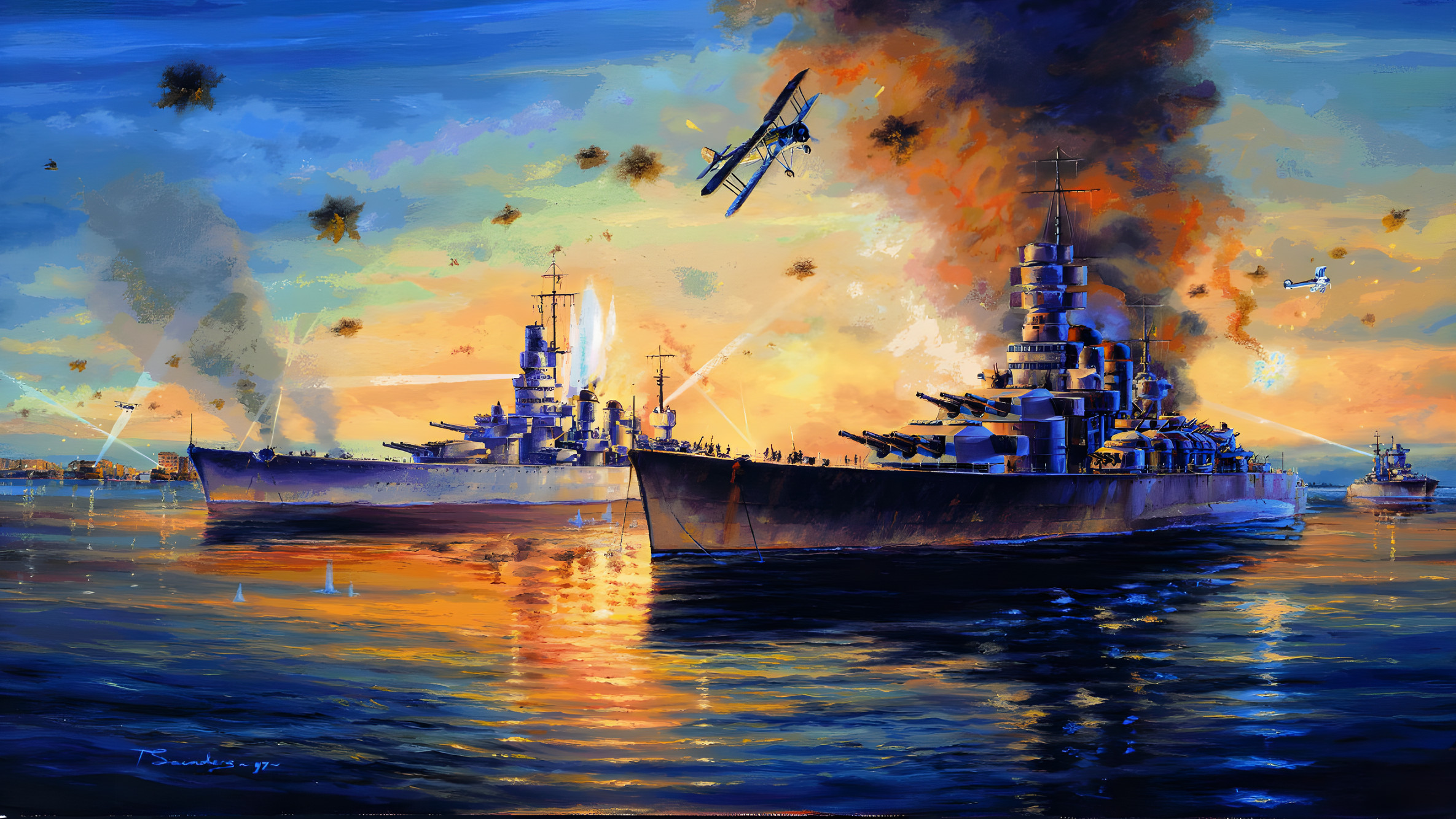
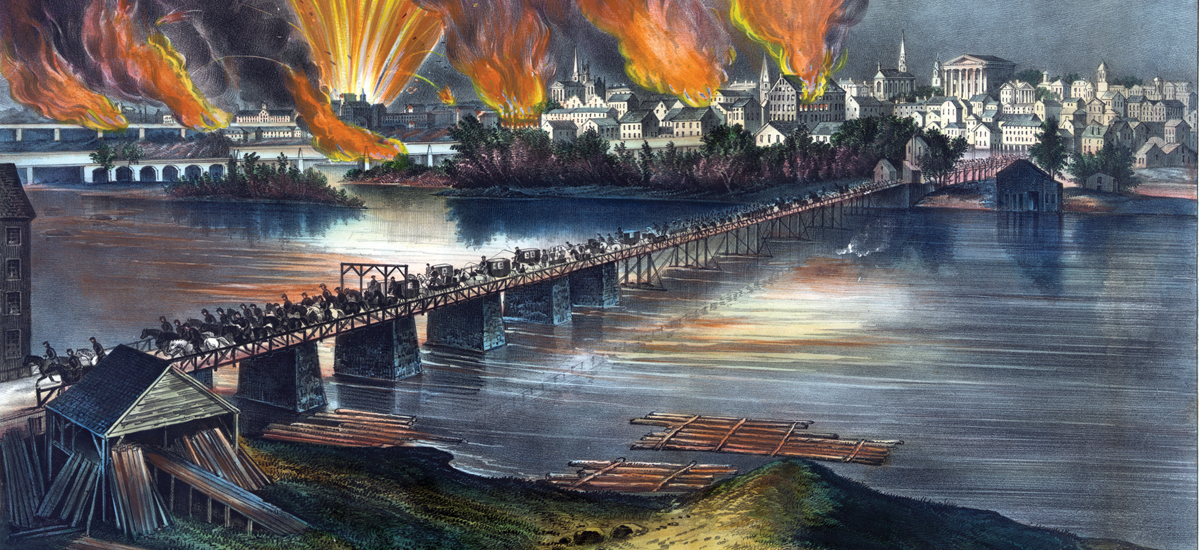
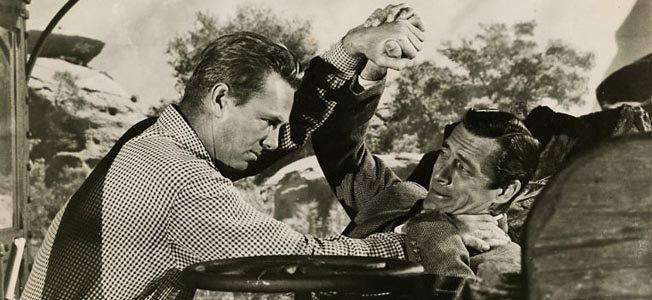
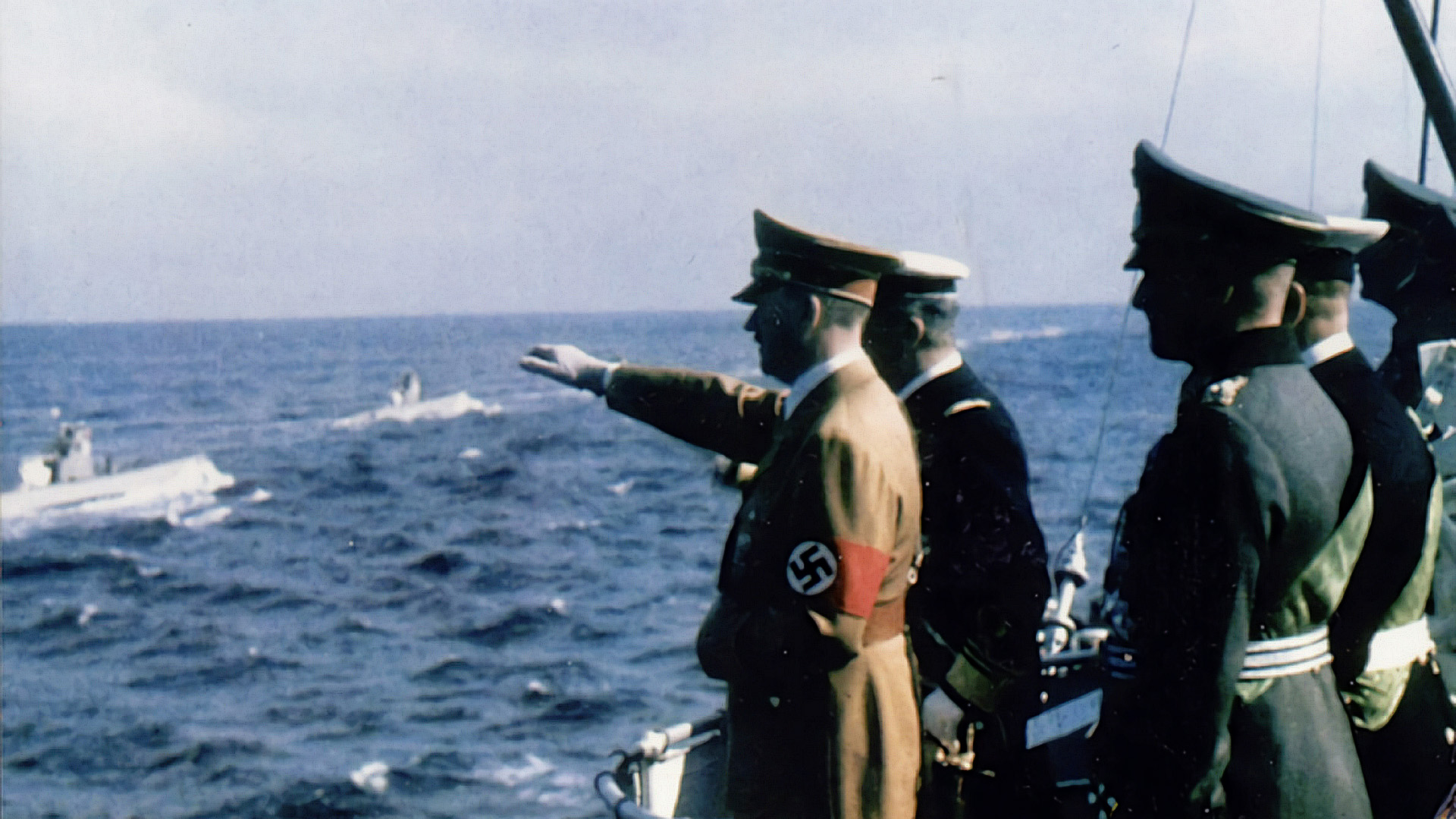
Join The Conversation
Comments
View All Comments